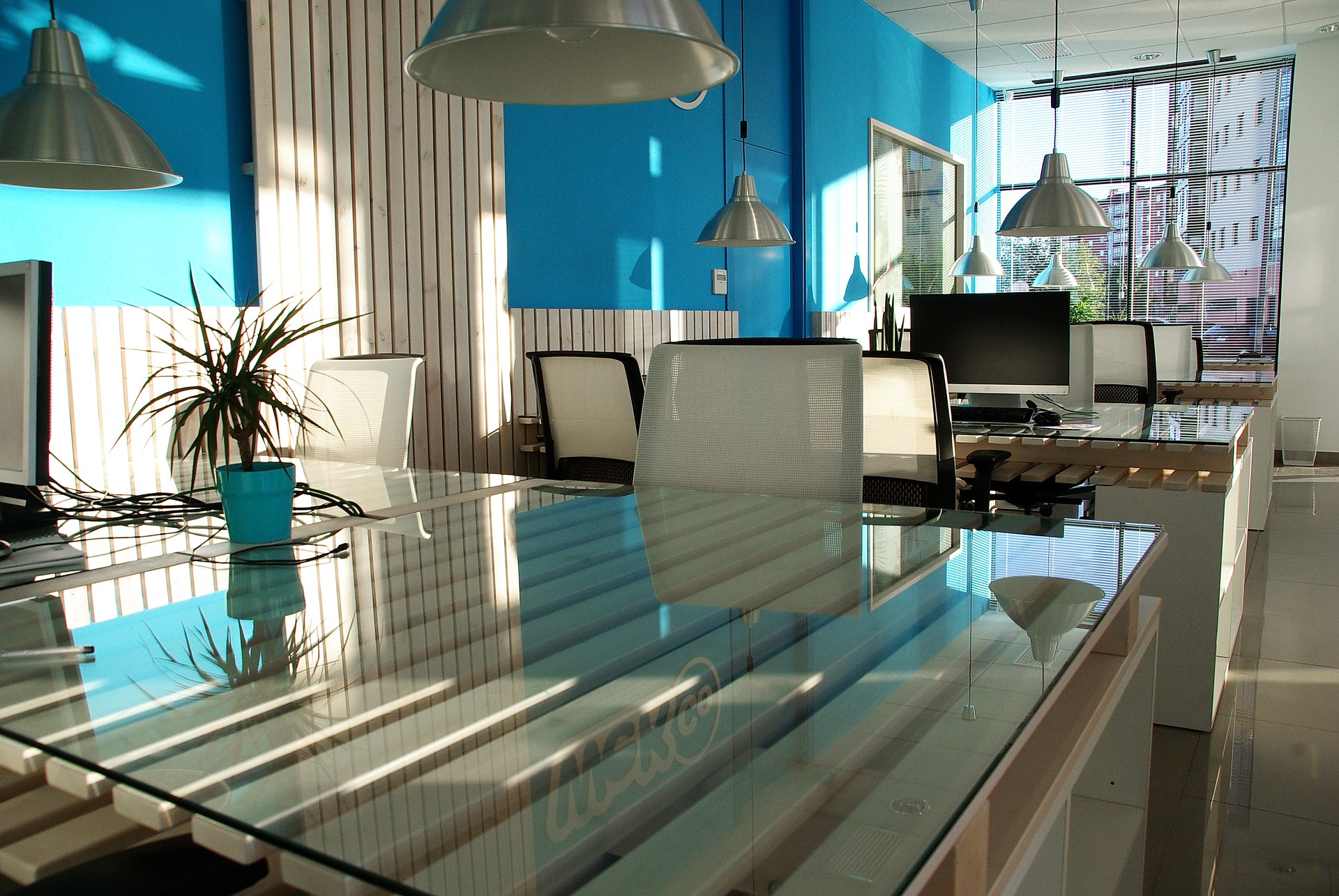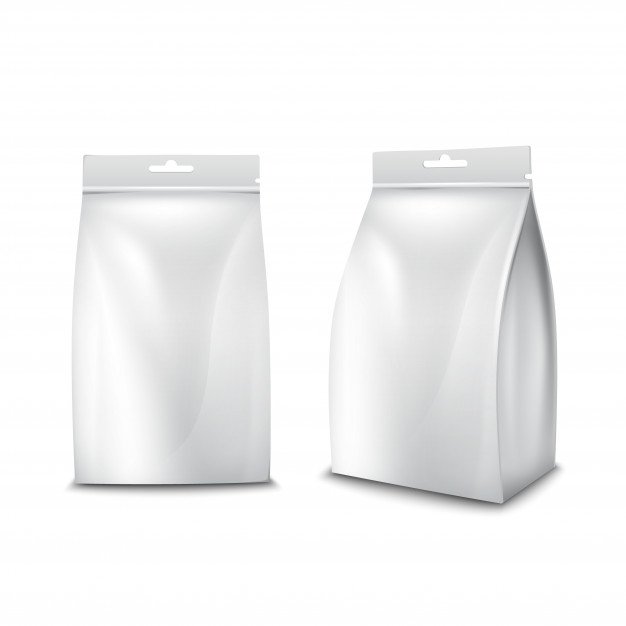Small businesses usually rent a small office space given the number of employees who need to work in the same place. If you decided to rent a small office in a popular commercial establishment, you could sign a lease for about a year. Once the contract is over, you can decide to continue it or not.
After a year, if your business has already grown drastically, and you intend to hire more employees to join you, it does not make sense to stay in the same place. You need to find a bigger office where you can successfully conduct all your operations.
Before you leave the current office, you need to deal with the end of tenancy issues. You don’t want to have problems with the owner of the space and not get your deposit back.
Read the contract:
You need to go through the agreement again to determine what you need to do as your tenancy is about to end. You might have to inform the landlord a month or so in advance that you don’t intend to continue your lease. There might also be other stipulations you need to be familiar with before you decide to pursue the next steps.
Deal with repair issues:
A part of the contract is to keep the place in good condition. Some contracts might have clauses about damage due to wear and tear, which is perfectly fine. However, there might be other severe damage that you need to repair before you leave. Otherwise, the landlord could charge the amount to your deposit, and you won’t get it back in full.
Clean the office:
If you intend to leave soon, you need to start looking for a new place at least three months in advance. You will then have enough time to ask your employees to pack their stuff and move to the new office. If they will be busy packing their things, you can’t expect them to deal with general cleaning too. Besides, they are also doing their regular job while moving.
You need professional cleaners like the ones at www.twinkleclean.co to do the job. They will make sure that the place will look as good as new. When the landlord checks the site, it will feel like no one rented and used it. If you feel satisfied with the services provided by the cleaning company you choose, you can partner with them again when you move to your new office.
Pay any outstanding bills:
you won’t leave, you need to settle all your bills. You might still have packing them to pay. Tell your employees to do the same if they borrowed something from nearby establishments. You don’t want to start in a new office elsewhere with issues still unresolved in your old office. Once you finish doing all these things, you will be ready for a fresh start. Keep in mind everything that you do when you leave the old office since you might go through the same process again in the future when your new lease expires.
Read Also:






















